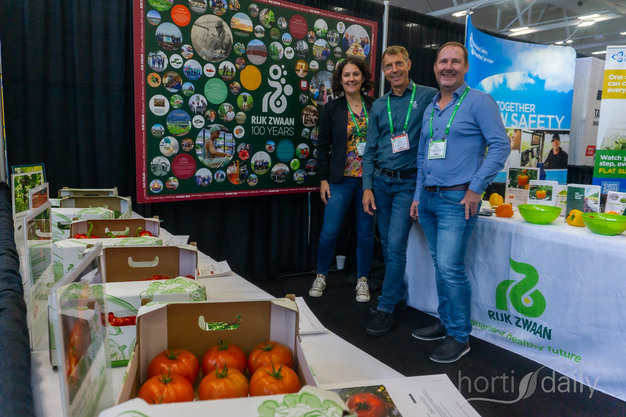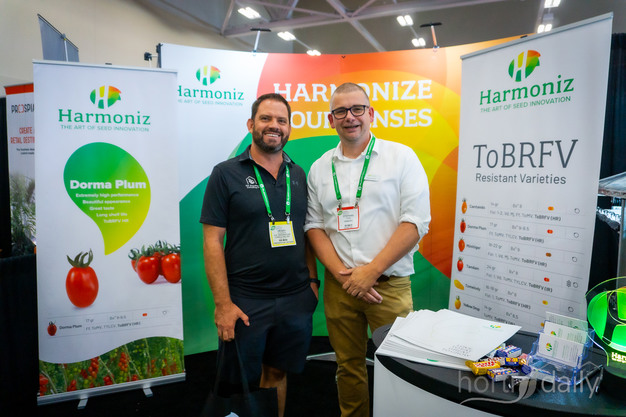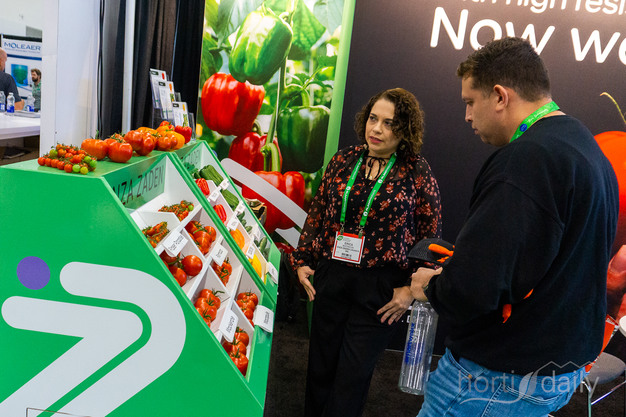Happy Thankgiving! Or at leat to Canada. Because of this holiday, and of course Columbus Day, we'll publish the photo report of the Canadian Greenhouse Conference tomorrow. But for those who cannot wait, we have the tomato breeders ligned up for you.
The focus on ToBRFV-resistant tomato varieties reflect a response to the ongoing challenges presented by Rugose. Since the virus's detection in 2014, it has become and remained a significant issue for tomato growers worldwide, with outbreaks in major production regions. In the last years breeding companies have developed resistant varieties to combat the economic impact of the virus. The resistant varieties and lines have shown promising results, but the ongoing debate is at what costs. Despite their robustness, some resistant varieties may exhibit traits from wild tomato genetics, like increased vigor or higher Brix levels, which can be advantageous under certain conditions
Since there are no standardized rules on what 'high' and 'medium' resistances mean, growers still want to see all varieties themselves, and it took a lot of time before they are ready to make the switch. However, now more and more greenhouses are filled with resistant varieties. Although some growers calculate a production loss up to 10%, some others report higher yields, or higher brix rates.
Well - at least there was enough to be seen and to be tasted at the trade show, and the breeders shared lots of knowledge on their varieties.

Marleen van der Torre, John Devries and Ron Kester, Rijk Zwaan. This year the company celebrates its 100th anniversary.

Henry Klassen, HK Greenhouse Consultancy, visits Stephan Vonk, Harmoniz, to talk about the resistant varieties

Erica Bistratini, Enza Zaden, shows the breeding company's resistant tomatoes

"Do you want a happy picture?" Yes, of course. At BASF | Nunhems they show the varieties Finstar, Vitalion, Dunavin and Ronvine.

John Davis and Rafael Lacaz Ruiz of Axia Vegetable Seeds with the Macxize XR variety.
